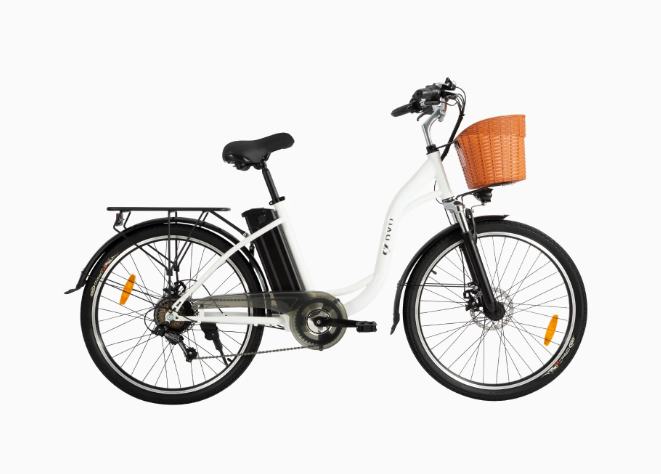Electric bikes, also known as e-bikes, have rapidly grown in popularity over the past few years. They blend the traditional cycling experience with the benefit of assisted electric power. But as this mode of transportation evolves, it's crucial for consumers to understand the different classes of e-bikes. Among these, the Class 4 electric bike is a less common term that has sparked curiosity among e-bike enthusiasts.
To begin, electric bikes are typically categorized into three primary classes based on their motor assist capabilities and operational features:
- Class 1: These e-bikes are equipped with a motor that assists only when you're pedaling, and the assistance stops when the bike reaches 20 miles per hour.
- Class 2: The motor in these bikes can assist even without pedaling, but it stops assisting once the speed reaches 20 miles per hour.
- Class 3: These e-bikes have a motor that assists only when you're pedaling and stops assisting at 28 miles per hour. Additionally, they usually come with a speedometer.

Now, if you're wondering about Class 4 electric bikes, here's a revelation: As of my last update in 2021, there's no official Class 4 designation in the e-bike world. The three classes mentioned above cover the majority of e-bike classifications in many parts of the world, especially in the United States. It's possible that as regulations and technologies evolve, new classifications might emerge. Therefore, always check local regulations and the latest industry updates.
While on the topic of e-bikes, it's essential to highlight the rise of portable electric bikes. These bikes are designed for urban commuters who value convenience and portability. Compact, lightweight, and often foldable, portable electric bikes offer city dwellers a solution to the challenges of commuting, parking, and storage.
So, if you ever come across the term "Class 4 electric bike," it's wise to seek clarity on what features and capabilities are being referred to. Meanwhile, the growth and diversity in the e-bike sector, from traditional e-bikes to portable electric bikes, indicate a promising future for this mode of transportation. As always, potential buyers should research thoroughly and choose an e-bike that aligns with their needs and local regulations.